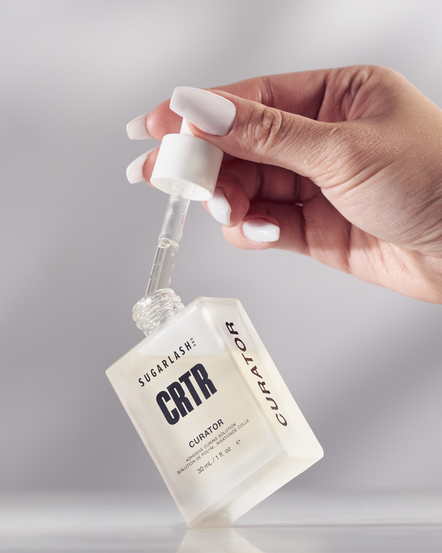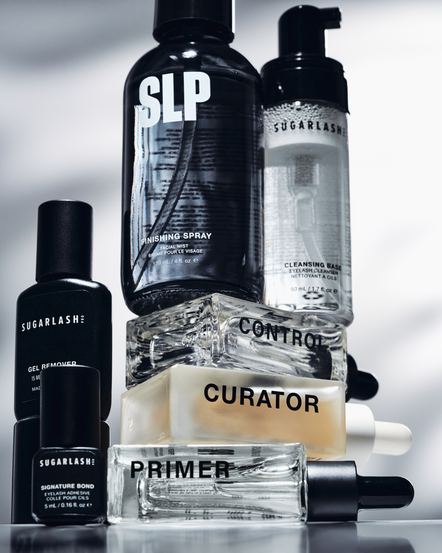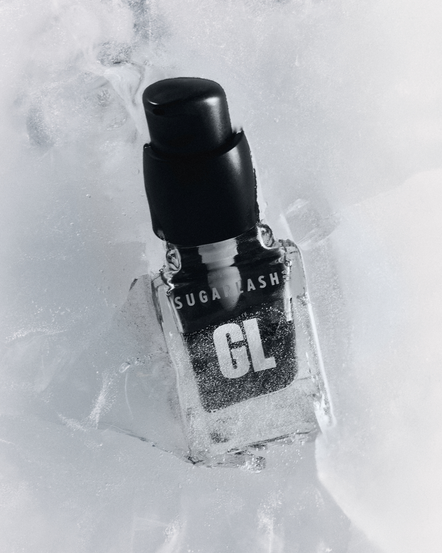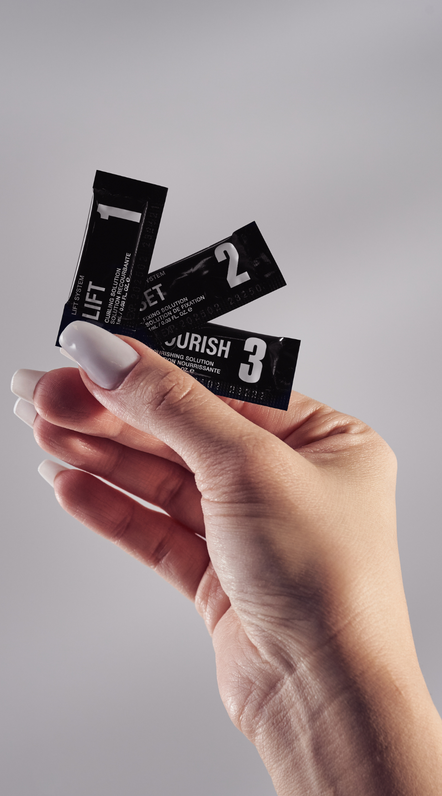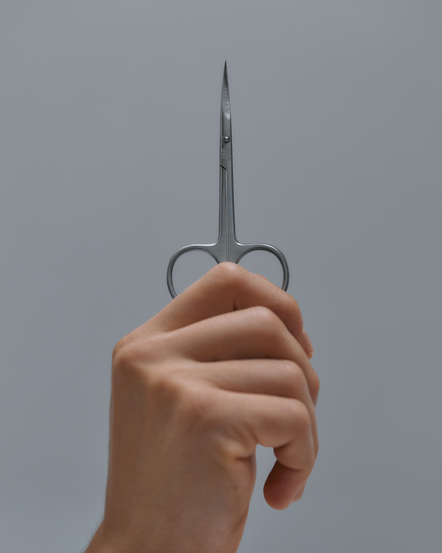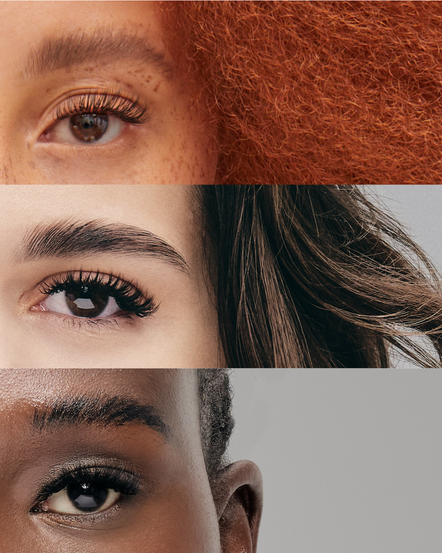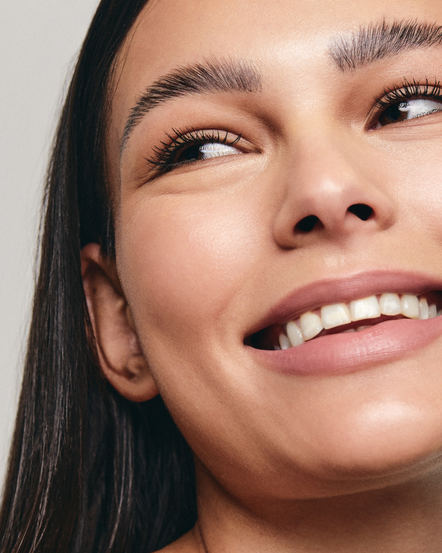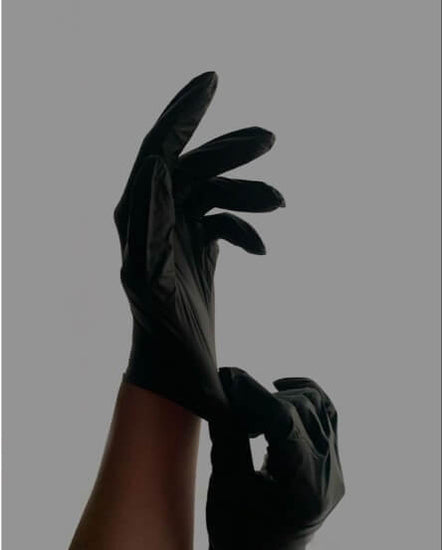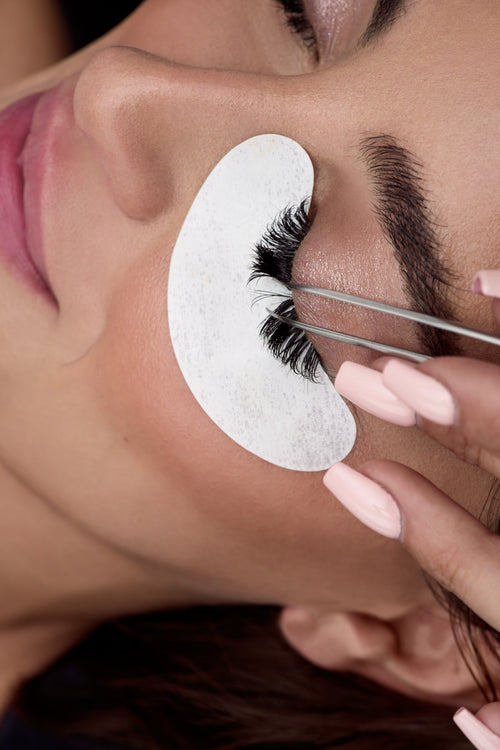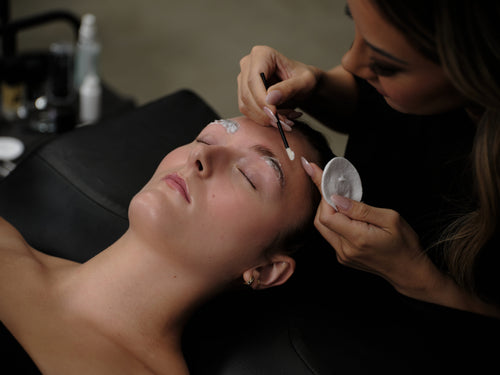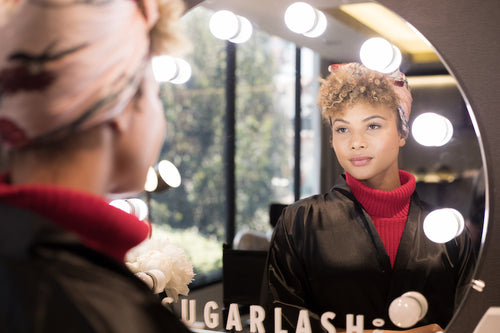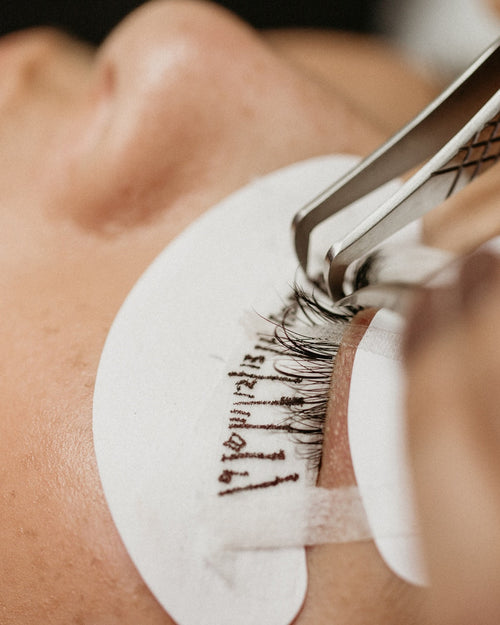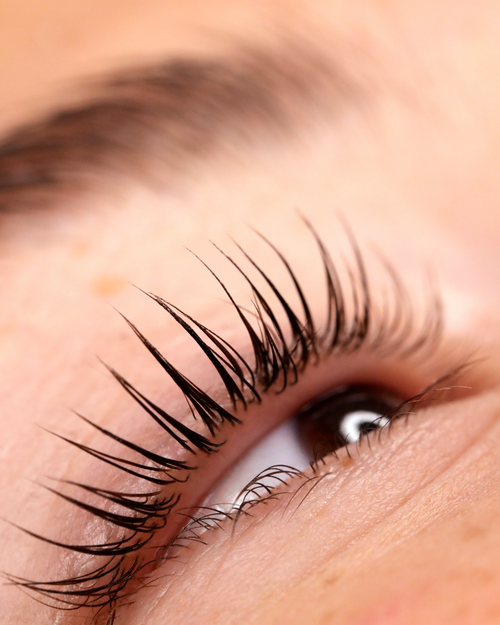Social media has transformed itself from the early days of MySpace, evolving from a social hub to a vital business tool. In the service industry, showcasing your skills is key to attracting new clients, and lash extensions are no exception. Whether you operate from a salon or your home studio, chances are you're active on social media, naturally wanting your pictures to look their best. In the quest to present your business in the most flattering light, the question arises: is it okay to edit client photos with Photoshop or Facetune?
The answer isn't a simple yes or no. Let's delve deeper and explore the boundaries of ethical photo editing.
Photo Editing: A Spectrum of Tools
Photo editing encompasses a vast array of techniques, ranging from subtle filters and lighting adjustments to dramatic transformations through Photoshop magic. When using social media for marketing purposes, we need to be mindful of how much editing occurs to ensure a realistic portrayal of your services. Here's a breakdown of some popular editing tools and their implications:
- Filters: Social media platforms are brimming with built-in filters, some even automatically applied on video apps like TikTok. While these filters are great for casual selfies and playful videos with friends, they have no place in showcasing your lash work. Filters can distort the eye shape and even make lashes appear denser than they truly are. This creates unrealistic expectations for potential clients, making it difficult for you to deliver the results they envision.
- Lighting Adjustments: Minor tweaks to brightness, contrast, or sharpness can be done tastefully. If you need to enhance the overall look of a finished lash set due to challenging lighting conditions in your salon, a few adjustments can actually benefit the image. However, be cautious of overdoing it. Excessively boosting shadows or contrast can make lash sets appear denser than reality, once again misrepresenting your work.
- Spot Healing and Minor Blemishes: Let's face it, sometimes a stray lash might land on your client's cheek during application, or a minor blemish might be visible in the photo. Using editing tools to remove these imperfections is perfectly acceptable and ensures a clean, professional presentation.
- Advanced Editing Software: This is where a clear line needs to be drawn. Removing a stray lash that landed on your client's cheek or cleaning up minor blemishes is perfectly acceptable. However, these tools should never be used to directly alter the lash set itself. This includes adding virtual lashes, manipulating lash density, altering eye shape, or removing eye redness. There's no justification for using editing software to create a flawless, yet ultimately unrealistic, portrayal of your work.
The Importance of Transparency and Building Trust
In today's digital age, consumers are bombarded with heavily edited images across all industries. This constant exposure can breed skepticism and a sense of distrust. By embracing transparency in your social media strategy, you can build stronger relationships with your target audience. Here are some ways to achieve this:
- Before and After Photos: Showcase the transformative power of your lash artistry by including unedited before and after photos. This allows potential clients to see the dramatic difference your services can make, while also setting realistic expectations about the final outcome.
- Behind-the-Scenes Glimpses: Take your followers on a journey by offering glimpses into your creative process. Share snippets of the application process, close-up shots of different lash styles, or even humorous moments from your workday. This humanizes your brand and fosters a sense of connection with your audience.
- Client Testimonials: Feature positive feedback and glowing reviews from satisfied clients. Social proof is a powerful marketing tool, and authentic testimonials can go a long way in building trust and attracting new clients.
The Art of Storytelling Through Social Media
Social media is more than just a platform to showcase your work. It's a powerful tool for storytelling and building a strong brand identity. Here are some ways to leverage the storytelling potential of social media:
- Curate a Cohesive Aesthetic: Develop a consistent visual style for your social media presence. This could involve using similar color palettes, photo and video techniques across your posts. A cohesive aesthetic creates a sense of professionalism and makes your brand easily recognizable.
- Showcase Different Lash Styles: Lashes come in a variety of styles, lengths, and thicknesses. Cater to a wider audience by showcasing your versatility and expertise in creating different lash looks. This will attract clients with diverse preferences and help establish you as a well-rounded lash artist.
- Highlight the Benefits of Lash Extensions: Lashes aren't just about aesthetics; they offer a multitude of benefits. Share informative content that educates potential clients about the advantages of lash extensions, such as the time-saving aspect, the confidence boost they provide, and their ability to enhance one's natural features.
Our Take
Flaunt your work (and tag us @sugarlashpro if you're using our products!) but be judicious with your editing tools. The allure of achieving the "perfect" picture for social media is undeniable, we get it. However, above all else, take pride in the work you do, even if it has some minor imperfections. We recommend sticking to edits that enhance clarity, such as making subtle adjustments to the image brightness. Authenticity is key – don't hold yourself back from showcasing work you're proud of, even if it's not flawless.
Remember, your talent speaks volumes. Embrace the power of realistic portrayals and watch your lash business soar!


